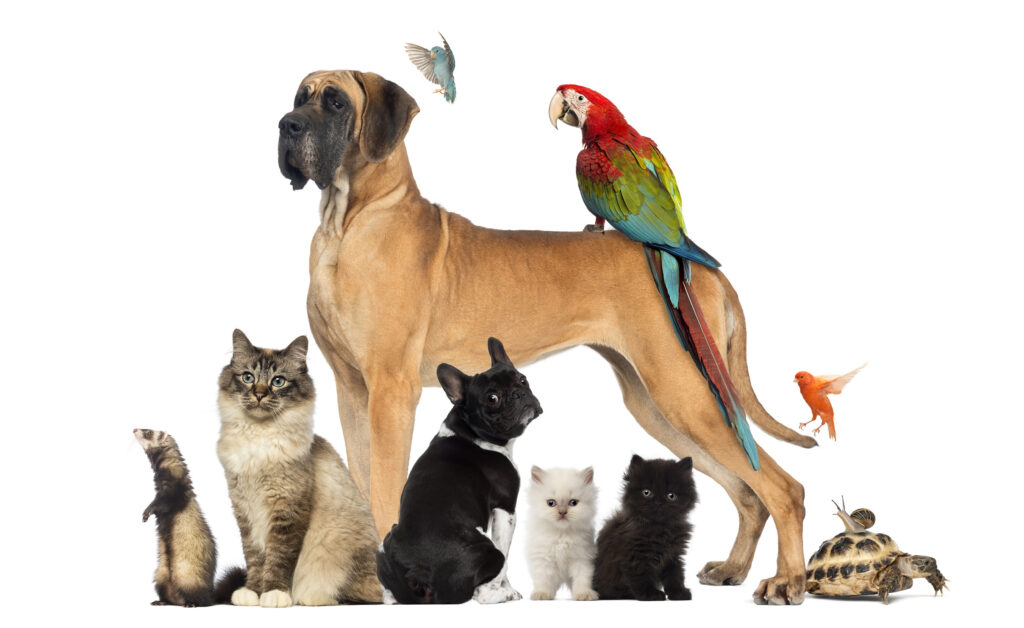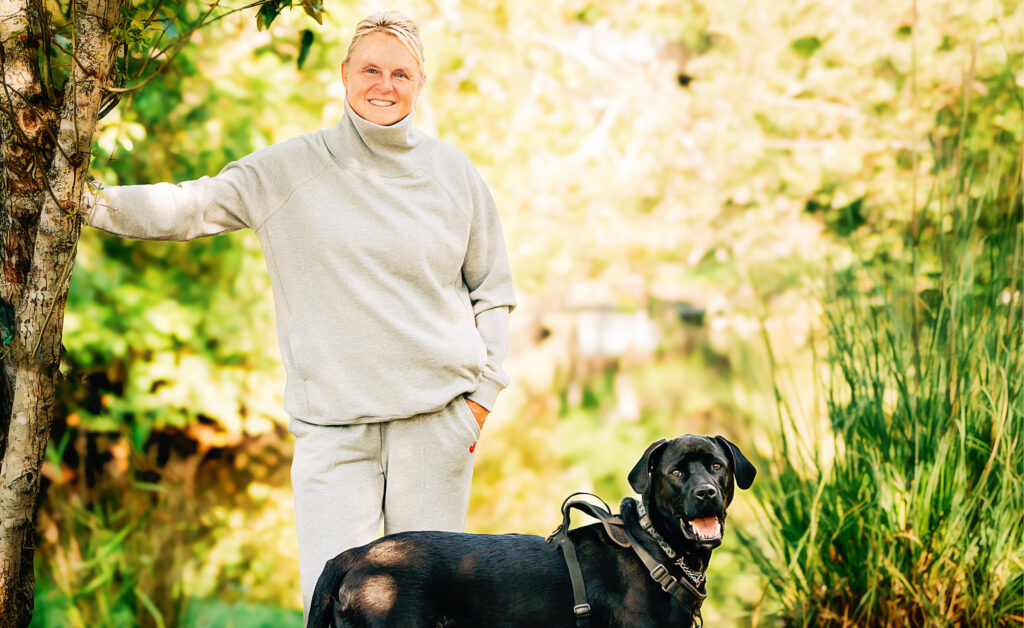by Jacqueline Nicoll, K & Co. Marketing –
One big challenge that pet owners often face is how to introduce good socialization practices with their new furry family member, while also protecting them against various diseases. With a developing immune system, a puppy or kitten is thought to have passive immunity from their mother’s milk, but this will dwindle down shortly after weaning occurs. A baby animal is in a more vulnerable position between the weaning period and two weeks following their last set of shots.
Remember: young animals are very curious and puppies, especially, will not hesitate to lick other animals that cross their path (dead or alive), or even eat feces along trail paths. Disgusting, yes, but this is the peak of their curiousity in a brand-new world! Closely monitoring contact with any of the above is very beneficial as some puppy and kitten diseases, such as the highly infectious gastro-intestinal Parvovirus, can spread incredibly fast.
Another common place to unknowingly pick up disease, even for older animals, is from stagnant water puddles. These could be a breeding ground for bacteria, such as Leptosporosis, which is a blood infection most commonly contracted from the urine of infected wild animals. Most puppies receive first shots at eight, 12 and 16 weeks. Sometimes the schedule is different depending on when a pet starts their first set, but it’s important to remember that they are not fully protected until a few weeks after the very last round.
But how can positive socialization occur during this more vulnerable stage if random puppy and kitten playdates aren’t a good idea? Luckily, there are many other worldly experiences that your pet can practise socializing with. According to Pat Schapp, a professional dog trainer, the “Rule of 7” mentions that ideally, by the age of seven weeks, a puppy or kitten should have been exposed to seven different surfaces, played with seven different toys, gone to seven different locations, met seven different people, given seven challenges (this could be as simple as climbing a step), eaten from seven different types of containers, and had food in seven different locations.
If you’re getting a new puppy, it’s important to ask the breeder or rescue group about how they go about socializing the animals. It may not be referred to exactly as the Rule of 7, but the guidelines are still similar for success.
You can also continue to socialize your new family member at home, without risking their health, by carefully handling them, using different leash and collar locations, offering different moving objects and different noises (ones that do not create panic), and exposing them to different objects.
These suggestions can apply to older animals that have been rescued as well, so don’t fret if your new family member isn’t young. You can always work on socialization, one step at a time, with an older animal using the same list.
Always ensure that any animal you plan to socialize your young pet with is up to date on their shots and in good health before an introduction.
Just remember: anything that smells fascinating (and often the messier and stinkier the better), will likely be a candidate for kisses, so keep a keen eye out and enjoy your newest addition!




